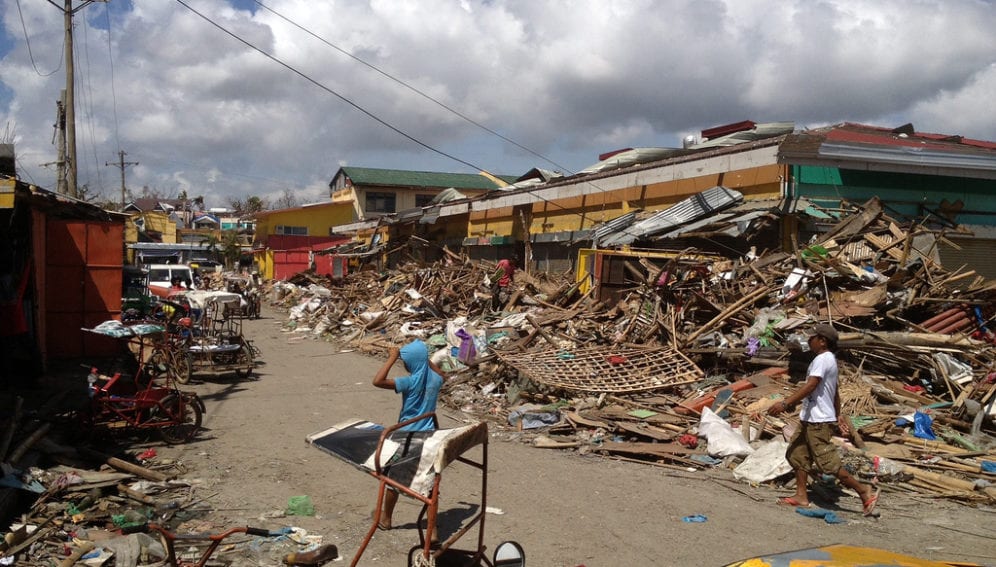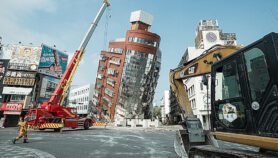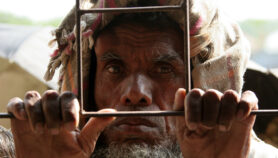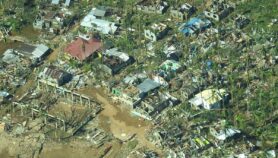By: Prime Sarmiento
Send to a friend
The details you provide on this page will not be used to send unsolicited email, and will not be sold to a 3rd party. See privacy policy.
[MANILA] How do you rebuild towns and cities that were nearly obliterated by one of the most powerful typhoons ever seen?
In November 2013, Super Typhoon Haiyan hit the Philippines, killing more than 6,000 people, displacing millions of others and destroying an estimated US$1 billion worth of property and crops with its winds of over 350 kilometres per hour. Most of the casualties came from Tacloban City, the provincial capital of Leyte province, as the accompanying storm surge brought giant waves that rushed inland and smashed through coastal communities.
For scientists, urban planners and development experts, rehabilitating areas of the Philippines that were destroyed by Haiyan should not only focus on reconstructing infrastructure, restoring communities and providing food and livelihoods to the survivors.
Rehabilitation should also ensure that affected areas will be able to withstand, adapt and recover quickly from disasters caused by extreme weather events brought by a shifting climate, experts say.
“Rebuilding the areas damaged by Haiyan is about ‘building back better’, and this must start with assessing both the past and future risks that threaten these areas,” says Rosa Perez, senior research fellow at the Manila Observatory, an affiliated research institution of the Ateneo de Manila University.
“Rebuilding has to be guided by past and future conditions, including the changing climate. What were the risks before that need not be repeated? What are the new risks that should be avoided? An integrated risk assessment should give us the information about where and how we can build in the post-Haiyan rehabilitation process,” Perez tells SciDev.Net.
She says it is important to review the climate history of the Eastern Visayas region — the intensity and frequency of the typhoons in previous years, the floods and landslides induced by these typhoons and the occurrence of storm surges. She adds that local authorities and other stakeholders should also study how they were able to prepare and recover from these previous typhoons, and what can be learned from these experiences.
Vulnerable to storm shift
A recent study by the University of the Philippines National Institute of Geological Sciences notes the increasing frequency of typhoons in the Visayas and Mindanao regions in the last ten years. Haiyan is part of this changing trend in tropical cyclones that the study says underscores the need to learn more about tropical cyclones and the impending impacts of climate change. [1]
“The 2013 typhoon season recorded seven of 11 tropical cyclones making landfall in Visayas or Mindanao. This constitutes 20 per cent of all tropical cyclones that formed in the west Pacific basin, double the 10.6 per cent average for the region,” the study observes.
A Manila Observatory study further reports that the geological and topographic settings of Leyte and Samar provinces and their location along the country’s eastern seaboard make them more prone to natural hazards. Both provinces are also located in the Philippine Fault Zone, their terrain covered by granular, non-cohesive topsoil highly susceptible to erosion. [2,3]
Thus, some of the most devastating disasters in the last 20 years have occurred in Leyte province. In 1991, tropical storm Thelma caused massive landslides in Ormoc City, killing 4,922 people. In 2006, heavy rain triggered mudslides in Guinsaugon village in southern Leyte, leaving 1,126 people dead.
Perez recommends that one key area that local authorities should address is land zoning regulations.
“They should assess what are the areas that are more at risk of typhoon-induced landslides and floods and discourage people from settling there,” she says. “To protect coastal communities reluctant to leave their homes and livelihoods, local authorities can build protective buffer zones like mangrove areas and seawalls and dykes.”
Retrofitting to climate change
In addition, architects and urban planners propose that the design of schools, houses and other buildings in the Eastern Visayas region must be able to withstand strong winds and storm surges.
In a forum on post-Haiyan rehabilitation co-organised by the Manila Observatory in January, architect and urban planner Paulo Alcazaren presented his sketch for a stadium that is retrofitted to serve as an evacuation centre for disaster survivors. [3]
Instead of regular seats, the stadium would have padded mats that could serve as beds for refugees. The roof would catch rainwater, which would then be stored in columns that double as silos and toilet cisterns. Emergency power sources should be provided by generators and solar panels, with volunteers using gym bikes to generate electricity through pedal power.
For school buildings, Alcazaren suggests adapting the architectural design of public schoolhouses that was popular in the country a century ago, which was characterised by elevated ground floors to protect against floods, damp earth and pests and by high-angled roofs resistant to strong wind. [4]
In a separate interview, Romolo Valentino Nati, an architect whose company specialises in designing sustainable structures, says that buildings near coastal areas need to be designed in a style that will minimise but not resist storm surges and strong winds brought by typhoons.
In designing buildings that have to withstand the impact of natural calamities, Nati prefers to use what he calls the ‘aikido strategy’, alluding to a Japanese martial art in which non-resistance is used to cause an opponent’s own momentum to work against him.
A building design that adheres to an aikido strategy, Nati says, will have perforated facades and inner courtyards to let the wind flow instead of resisting it. Walls need to be positioned perpendicular to the sea so these can survive the giant waves brought by tsunamis.
Areas of action
In Tacloban City, a new 40-metre ‘no-build zone’ policy from the shoreline has proved to be unpopular among coastal residents who depend on fishing for their livelihood and who demand its repeal.
Lea Soria, a graduate student at the Earth Observatory of Singapore’s Nanyang Technological University who is studying the geological impacts of coastal hazards in the Philippines, concurs with the no-build zone policy to keep the residents safe. She says this is not the first and last time that a storm surge will destroy coastal communities in Tacloban City.
Citing historical data, she notes that a similar storm surge occurred in 1897. “But since it happened over a hundred years ago, most people are not aware of the dangers posed by a storm surge,” she says.
“Yet I also understand the perspective of people in coastal communities,” Soria tells SciDev.Net. “Fishing is their livelihood; they need to live near the sea. What is needed is a compromise between communities and local officials,” she says.
Soria suggests that local officials educate residents on when and how to evacuate, and install an early warning system that will give them enough time to evacuate.
For the rehabilitation effort, the Philippine government has allotted two per cent (about US$630 million) of the national budget for disaster risk reduction, while at least five per cent of a local government unit’s revenue is set aside for its local disaster risk reduction management fund.
Several laws exist that are designed to mitigate risks caused by extreme weather events. These include the Climate Change Act (2009) and the Disaster Risk Reduction and Management Act (2010).
But as the international aid organisation Oxfam notes in a briefing paper, Haiyan “brutally exposed” the limitations of the Philippines to cope with natural hazards such as typhoons. [4]
Oxfam proposes boosting four areas to address crucial gaps: disaster preparation, sustained economic recovery, investment in disaster risk management and global action against climate change.
Over the long term, Oxfam says any post-Haiyan reconstruction plan must reduce poverty in Eastern Visayas, the country’s third poorest region, where more than 40 per cent of its four million residents subsist on less than US$2 a day.
“As the long road to recovery begins,” Oxfam notes, “Philippine authorities and the world must increase efforts to tackle poverty, and to reduce the growing risk of climate-related disasters that the Philippines and other countries will face.”
References
[1] Carlo Primo David and others A Manifestation of Climate Change? A Look at Typhoon Yolanda (Haiyan) in Relation to the Historical Tropical Cyclone Archive (Science Diliman, July-December 2013)
[2] Susan Rachel Jose Preliminary Examination of Existing Methodologies for Allocating and Tracking National Government Budget for Disaster Risk Reduction (DRR) in the Philippines (United Nations International Strategy for Disaster Reduction, December 2012)
[3] Monica Ortiz and others Typhoon Haiyan Brief Technical Report (Manila Observatory, 7 November 2013)
[4] Oxfam Typhoon Haiyan: The response so far and vital lessons for the Philippines recovery (Oxfam, 7 December 2013)














